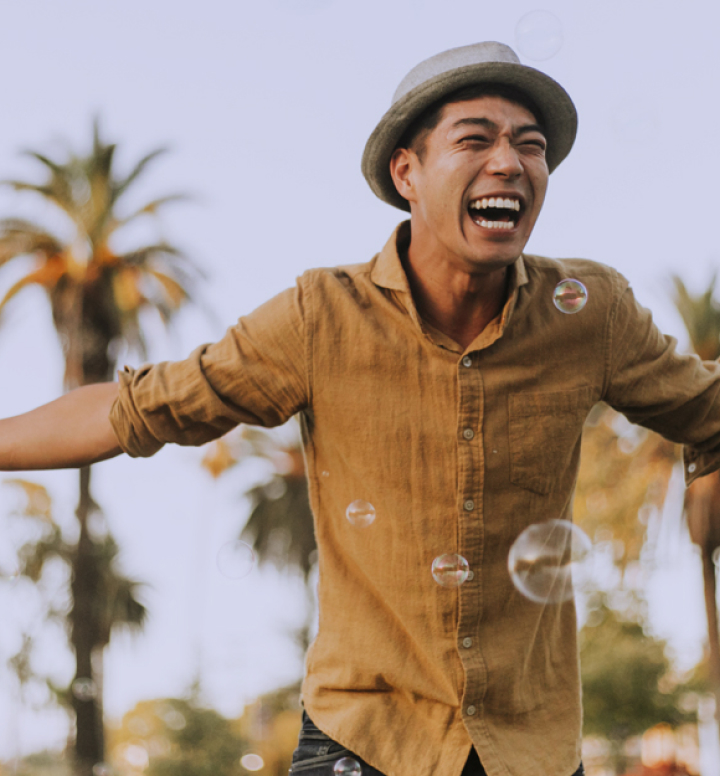The Milk of Dreams is the title of the 59th Venice Biennale, the world’s biggest art event. Undaunted by the task of choosing a theme for the main international exhibition and setting the brief for artists from 58 countries, Italian curator Cecilia Alemani chose The Milk of Dreams – the title of a collection of children’s stories by Leonora Carrington, a British-Mexican painter and writer. She told tales of hybrid creatures that fluctuated between human, animal, and machine forms. The theme invites artists to explore the feelings that are often associated with change and transformation. It is not only about the pandemic, but it does absorb the unique anxieties and concerns of this time we’re living in.
What kind of relationship do we have with nature and the planet?
Is it possible to imagine a different relationship with what’s around us?
These are the kinds of questions we are also asking about the new hybrid nature of work, business and how we conduct it, what we have learned from our pandemic experience – what is of human value, and how might we flourish in a more flexible environment. It brings up serious questions about culture, organisational, personal and brand values, and how we can ‘live the brand’ and deliver a distinctive authentic experience in a changing world.
Back in the day, we worked with Vodafone globally to build a unique customer-centric culture, based on the idea that Vodafone would not think and act ‘like a telco’. That was radical. You can still experience the difference today. Because brand and culture go hand in hand, we simply can’t make a promise to the consumer, and then fail to deliver on it in the experience of doing business with us. For Vodafone, the transformation never stopped, and year-on-year across its global partners and businesses, it has continued to be regarded as a great place to work.
Post-covid, for many of us the old way of compartmentalised work/ life has been shattered, because everything blurred, and we’re now looking for new hybrid models, that satisfy the needs of business and the humans who make success possible.
What does this mean for how we build our brands and create our business cultures? Its time to ask, consider more creative responses, and create a movement for togetherness that benefits all.






